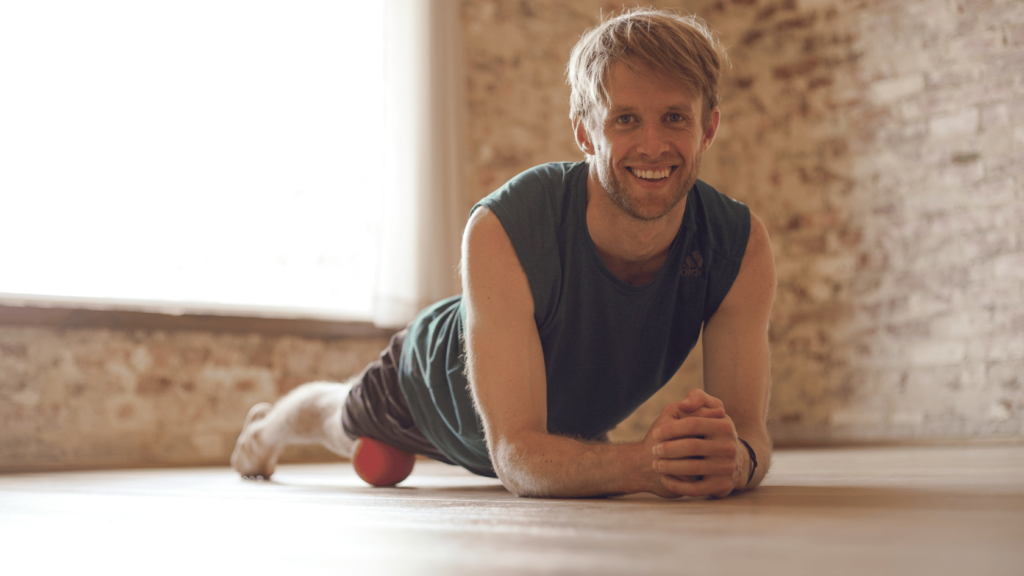
Hip flexor pain.
Here we focus on one common problem area, your hip flexors. To orientate, your hip flexors are at the front of your hip, working to bring your thigh bone closer towards your torso (like in the action of lifting your legs into a car). There are five main hip flexor muscles that all have slightly different jobs; some attach as high as your lower back, and others connect as low as your knee.
The general rule of thumb is that the body adapts to what you do a lot of. Often this is great; muscles get stronger, movements get more skilful, and things that were once hard feel easier.
But a 38 hour week of desk based or seated work is a lot of time for your body to adapt in ways that are less than ideal. Stiff upper back, neck, and hips are all too common with prolonged sitting. They can become uncomfortable in their own right, and cause knock on issues across the body.
These attachment points give you hints as to the kinds of areas that can be involved with overactive or weak hip flexors.
The problem with hip flexors.
When sitting, your hip flexors get trained into a shortened position as they stabilise the torso and keep you upright at your desk. When you stand, your hip flexors need to open into a lengthened position. And when you stride out as you walk or run, even more range is required. If your hip flexors are tight from sitting all day, they can’t magically open back up on command because you’ve decided you want to go for a run.
Functional tightness pulls at the lower back, groin, outer hip or knee. In movement it often means the pelvis and lower back start compensating, adding to tension or pain in these areas.
The solution for hip flexor pain.
Physiotherapy is an important part of directing and speeding the recovery. A good physio will look at your patterns of posture and movement that are relevant to how you use your body. Whilst some basic stretching might be enough to give short term relief, often the issue is more complex and needs an expert to guide your best pathway of treatment. Note that it’s usual to take several weeks to correct a long standing issue, so particularly if you have a goal in mind like a marathon or bucket-list holiday hike, it’s best to get early advice.
In terms of stretching, a simple half kneeling hip flexor stretch is a good start. But passive stretching is out of fashion. The science shows that engaging muscles and joints through their range gets better and longer lasting effect because it engages the full neurological system and in doing so helps to retrain patterns towards strength through range. Active modalities we suggest at Human.Kind Studios are our expertly guided yoga, pilates and gym training, all working through full range and increasing complexity.
Massage and dry needling are really effective at helping to recover tired or overactive muscles. Our physiotherapy and remedial massage team will often use this as part of the treatment protocol as well as showing you how to self massage for ongoing effect.
And finally, as with most things to do with health, prevention is the best cure.
Avoid sitting for more than 25 minutes at a time, and avoid sitting for more than a few hours in the day total. How? Take regular breaks to stand up and move about. Take meetings and phonecalls walking or standing wherever possible. And utilise a sit-stand desk, meaning you can oscillate your position throughout the day, encouraging the body to stay awake, adaptable and capable.
If you’re experiencing hip flexor pain or any other issues, chat with our Physiotherapy team today.

